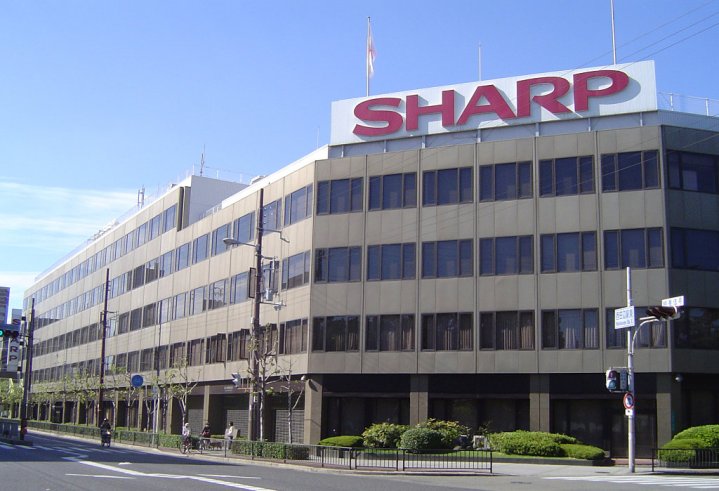
Taiwanese manufacturing giant Foxconn has reportedly offered $5.3 billion to display manufacturer Sharp, as the Japanese company looks for new owners to settle its growing debts and continued operating loss.
It is the second offer Sharp has received, according to the Wall Street Journal, the other comes from the Innovation Network Corporation of Japan (INCJ) — a public-private partnership between the Japanese government and 19 corporations. The board will reportedly review both offers and make a decision on February 4.
Foxconn is attempting to win Sharp’s approval with a much higher offer, over double the value of INCJ’s rumored $2.5 billion bid. It has also tacked on certain favorable conditions, such as paying off the debt that Sharp owes to the Mitsubishi Financial Group and Mizuho Financial Group, which totals between $4.2 and $5.1 billion, according to Standard & Poor. Foxconn will not remove employees from top management positions at Sharp either, states the report. Those two moves seem to appeal to creditors and executives, who will ultimately make the final decision on Sharp’s sale.
Japanese officials are not happy with the possibility of Sharp being sold to a foreign company, especially since the INCJ was set up to help boost the competitiveness of Japanese firms by providing capital and managerial support. INCJ already owns a controlling stake in Japan Display, and according to Reuters the corporation is interested in a merger or partnership between the two companies.
It is not the first time Foxconn has approached Sharp with money, three years ago Foxconn tried to purchase a 10-percent share in the company, but due to Sharp’s stock turmoil, the companies renegotiated the deal. Sharp is the tenth largest television brand in the world, but most of its revenue comes from mobile, large TV, and solar panel manufacturing for third-party products. For example, Sharp was one of the three suppliers for the iPhone 6 display, along with Japan Display and LG Display.
Editors' Recommendations
- UPS worker accused of nabbing $1.3M worth of iPhones and other Apple gear
- Check out this old news report of when Apple released the first iPhone
- Another report suggests the iPhone 15 Pro will be pricier
- First iPhone 15 renders reveal a surprising display upgrade
- Under-display Face ID on the iPhone 16 Pro raises 3 big questions

